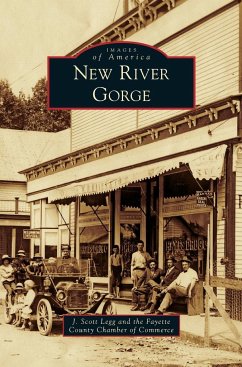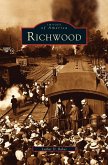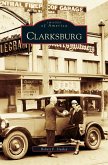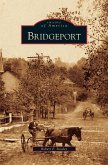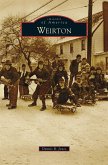Today visitors to the New River Gorge see a steep gorge filled with a lush hardwood forest. Before the railroad, the New River, with its whitewater rapids, was a barrier to trade, but with the 1873 completion of the Chesapeake and Ohio Railroad, the gorge came alive. By the 1890s, more than 30,000 people lived and worked in the gorge. Towns like Kaymoor, Nuttallburg, and Thurmond were hives of activity and melting pots of American immigrants who dug the coal that helped build the American dream. Times changed. By 1960, the easiest coal was gone, and miners moved to Midwest factories. Nature began to reclaim the gorge. The 1970s brought a rebirth. Whitewater rafters took on the rapids, and bridge builders built the New River Gorge Bridge. The forest has returned, and if you look under the canopy, you will see that the railroads, coal camps, and mine tipples have given way to rafters, rock climbers, and mountain bikers.

